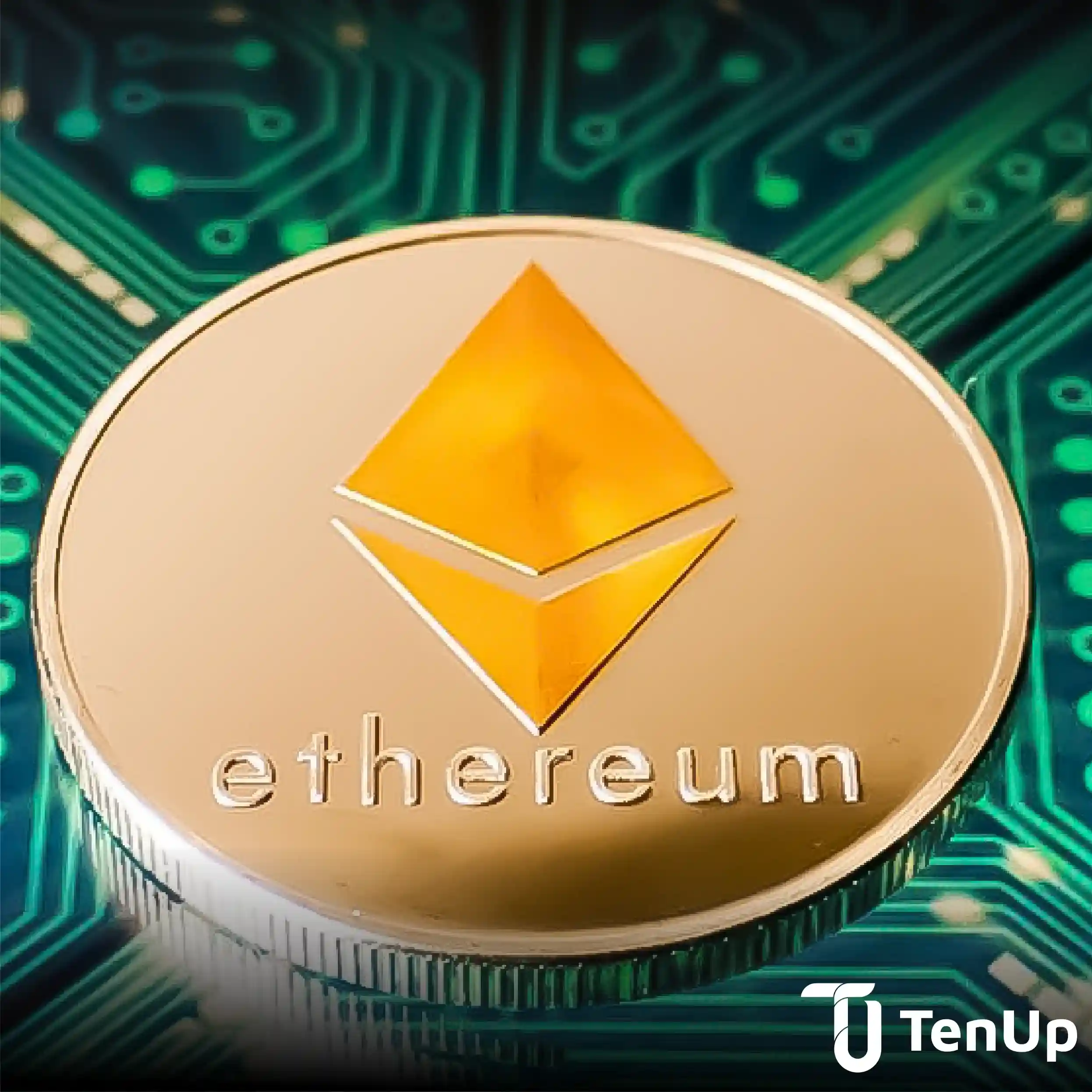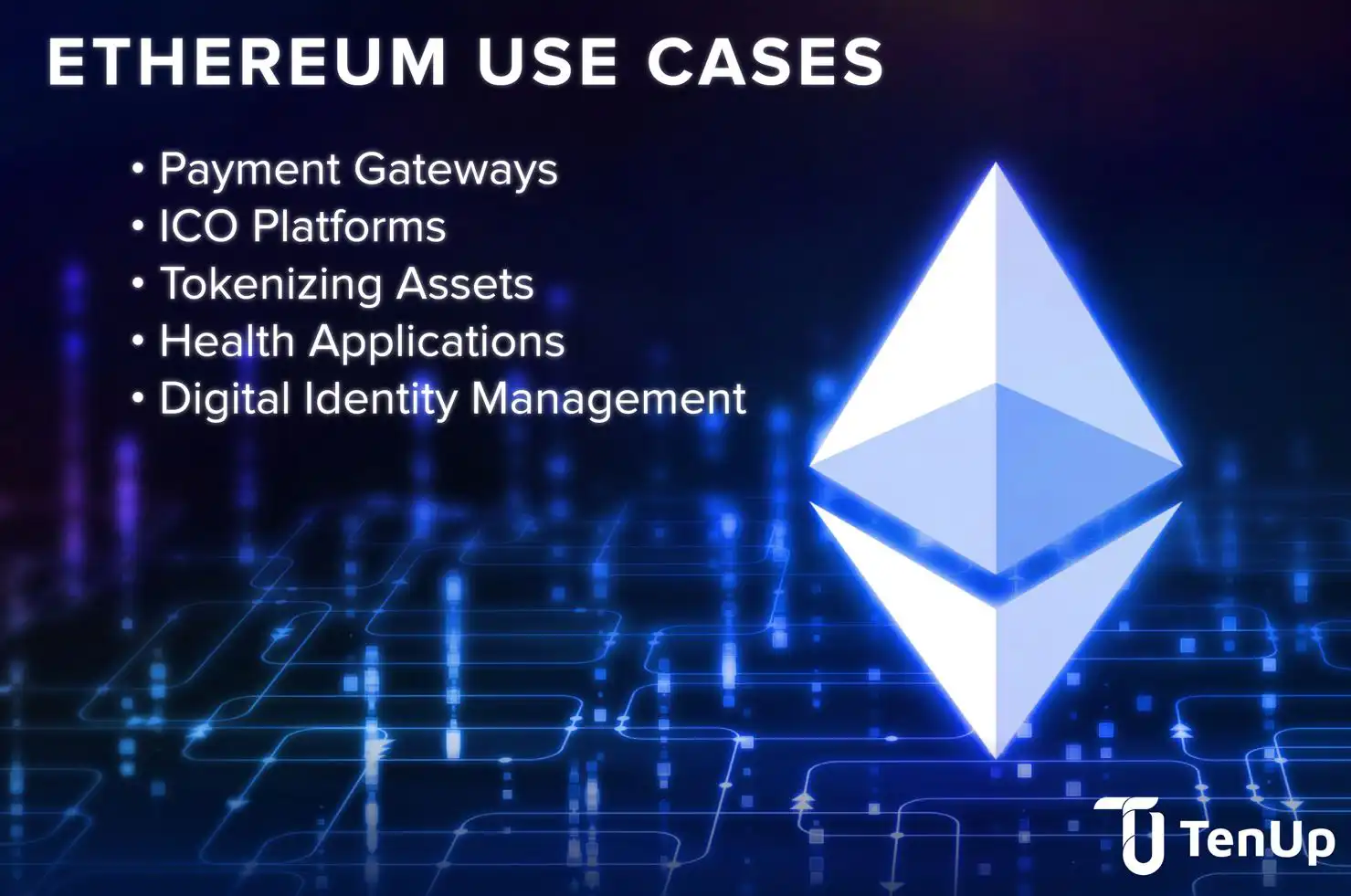#Ethereum#Web3#NFT
Whether you understand them, fear them or respect them, there is no escaping blockchain-based technology and applications today. While cryptocurrencies are always trending for a number of reasons, the applications and use cases of blockchain and blockchain enabled platforms go far beyond cryptocurrency. One such platform is Ethereum 101, a decentralised blockchain platform that empowers a peer-to-peer network to securely execute and verify code called smart contracts.
So what exactly is the Ethereum 101 framework and is the buzz around Ethereum 101 justified?


According to the official website ethereum.org, “Ethereum is a technology for building apps and organisations, holding assets, transacting and communicating without being controlled by a central authority.”
Put simply, Ethereum helps developers build decentralized applications. It uses the blockchain network which is made up of nodes - computers or volunteers that mine for the coin. Ethereum can be leveraged by anyone to create any secure digital technology. It is one of fastest emerging technologies preferred to build a variety of applications with far-ranging implications and use cases.
How Ethereum came about
In 2013, programmer Vitalik Buterin came up with the concept of ethereum. The development was done via crowdfunding. Initially, ethereum also included a proof-of-work algorithm to produce blocks with the help of miners who backed it up with hardware resources. The main difference was that it used Solidity as its scripting language. Solidity allowed them to write applications and execute them in a decentralised manner. This idea of decentralised execution of a program upon triggering predetermined conditions is known as “smart contract”. Ethereum was the first decentralised blockchain platform for smart contracts.
A smart contract is a protocol designed to enable digital contracts without the need for third-party validation. These are basically self-executing contracts where the contents of the buyer-seller agreement are written directly into lines of code.
Anonymous parties carry out the verification process for smart contracts in the network eliminating the need for a central authority. This is why smart contract execution on Ethereum is decentralized. Not only is the transfer of asset and currency completely trustworthy and secure, the identities of the entities are secure on the network. After the transaction is complete, the accounts are updated accordingly and it generates trust between the parties.
Ethereum became widely popular for its Defi feature. Decentralised finance or Defi doesn’t need any financial institution or bank to execute payments. The DeFi ecosystem has built an expansive network of integrated protocols and financial instruments, with over $13 billion worth of value locked in Ethereum smart contracts. Defi has emerged as the most leveraged sector in the blockchain space with an endless number of use cases for individuals, developers and organizations.
Defi uses key principles of Ethereum to improve financial security and transparency, support an integrated and standardized ecosystem and unlock liquidity.
These are:
Non fungible tokens or NFTs have taken the digital creation world by storm and with good reason. NFTs are essentially tokens that are used to show ownership of unique possessions. They help us tokenize things and state ownership of various things such as art, collectibles, and even real estate. An NFT can only have one official owner at a time and this is secured by the Ethereum blockchain. Nobody can alter the record of ownership or copy/paste a new NFT into existence.
Non fungible is an economic term that means things like furniture, a song file or a laptop. These things are unique and can’t be interchanged with other items because of their uniqueness. Fungible items are those that can be exchanged because their value defines them rather than their unique properties. For instance, ETH or dollars are fungible because 1 ETH is exchangeable for another ETH and so on.
Ethereum offers a digital certificate for these assets establishing unique ownership that cannot be transferred. Copies of these digital assets are available but NFTs are traceable on blockchains to provide the owner with proof of original ownership.
Dapps short for decentralized applications are powered and developed using the Ethereum platform. They use smart contracts for their logic and are deployed on the Ethereum network, using the platform’s blockchain for data storage.
Dapps are as varied as traditional mobile and web applications. They offer social networks, gaming, entertainment, productivity and a variety of functions. Many dapps are designed specifically to help customers access defi services. The latter use case is so popular that Ethereum categorizes dapps into financial, semi-financial and other categories.
Dapps have their backend code running on a decentralized network and not a central server. Dapps use smart contracts for app logic and Ethereum blockchain for data storage. Ethereum has been one of the most widely used hosts for dapps though it is not the only one. Dapp development offers several benefits including zero downtime, privacy, resistance to censorship, data integrity and trustless computation.

In addition to defi, dapps, NFTs, and smart contracts Ethereum has many other applications.
In a move to combat the energy-intensive mining process and also to secure the network using staked ETH, Ethereum mainnet is set to merge with the Beacon Chain’s proof-of-stake system giving birth to Ethereum 2.0 one of the most highly anticipated news of 2022. Ethereum is certainly the blockchain technology of the future and is here to stay with its wide ranging applications, security and decentralization features.